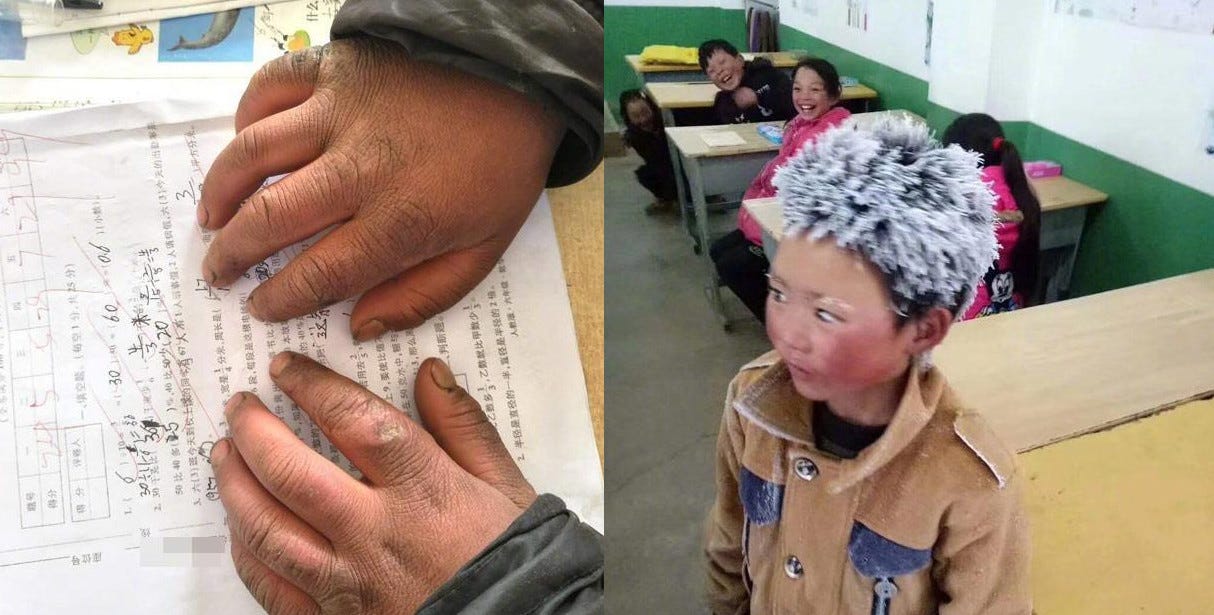Yes they are going to school though the govenment build boarding apartment for the student down in the valley and they are given small stipend for books, stationery, food, clothing too if I am not wrong and free boarding But maybe some of the kid prefer home. It is free 9 years education I think they should jack it up to 15 years of free education like in Tibet and Xinjiang
They did install ladder steel to this village and provide telephone and internet service some of them become internet celebrity gy detailing their life in the village
China's first medical drone delivers essential supplies to 'cliff village'
2017-12-20 12:53
chinadaily.com.cn
Editor: Gu Liping
China's Province, on Dec 14
A video shot recently shows a drone carrying medical supplies landing in the mountaintop village Atuleer in Liangshan Yi autonomous prefecture, Southwest China's Sichuan province.
The medical drone delivery service, the first of its kind in the country, jointly launched by China's second-largest e-commerce website JD, and China Siyuan Foundation for Poverty Alleviation, has been started to help deliver essential medical supplies to villagers in Atuleer.
The village, home to 500 residents living atop a cliff more than 1,400 meters high, became famous a year ago when reports emerged of villagers braving the vertical climb on the cliff to go in or out of the village.
With the help of the drone, it only takes 10 minutes to deliver medical supplies, while before this the villagers had to use the ladders to buy medicines and it usually took six to nine hours to complete a round trip.
"Villagers are unable to get sufficient medical care as the local health service is still very poor. Medical drone delivery can help improve the condition with lower costs," said Sun Zhixiang, vice-president of JD.
The village now has a newly built steel ladder and internet, as well as 4G signals.








